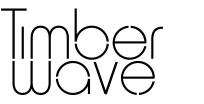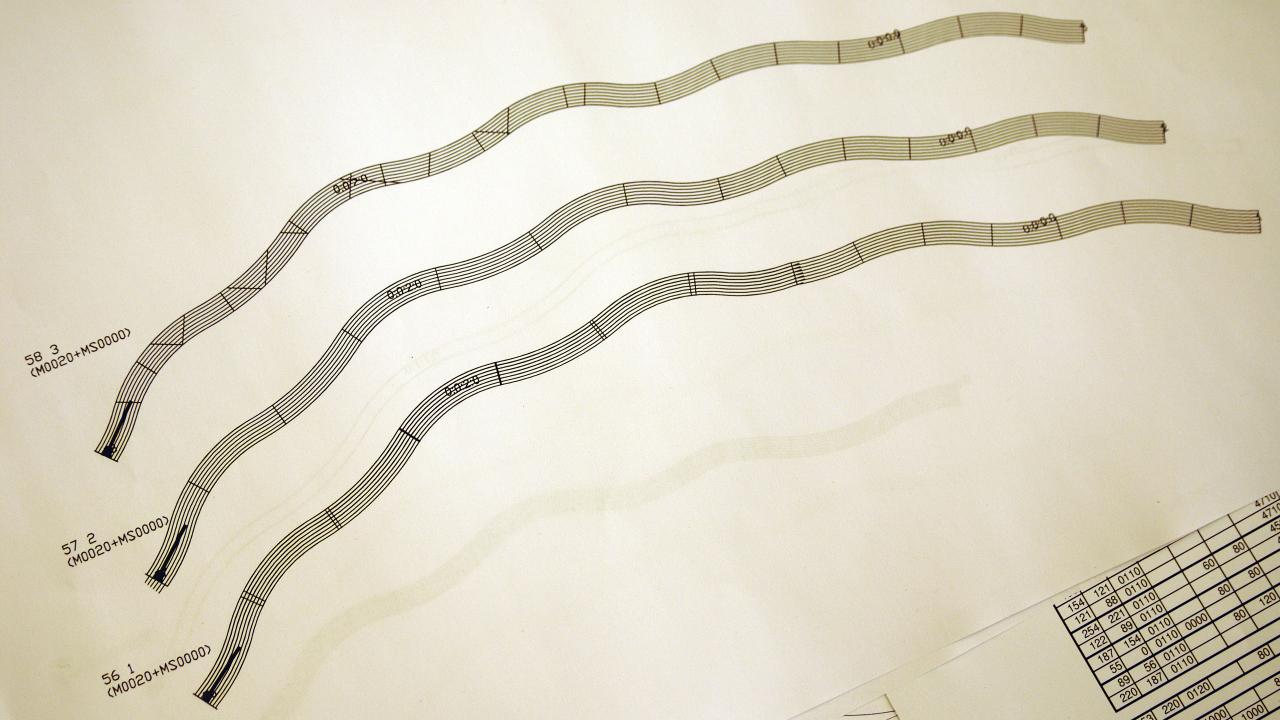Creating the Timber Wave involved new thinking and techniques that explored different ways of making a self-supporting timber structure. It was an investigation of just how far the technology of designing in wood can be pushed. Using American red oak, an abundant timber that is under-used in Europe, this light and sinuously curved timber installation reflected a collaboration not just between architect and engineer but also with the Museum and with Cowley Timberwork; the specialist company that made and assembled the structure.
Very different from most timber structures, the Timber Wave was made from a family of small elements which, despite their detailed differences, showed a clear amount of repetition.
Timber Wave was essentially a structure of chords and braces, a fairly simple structural idea to create a stable structure, but in this case the architect chose to curve all the elements, so that it was no longer easy to ‘read’ how the structure worked. Instead, one saw a delicate tracery, with the largest elements at the bottom, becoming even lighter at the top as there was less weight to support. Again, unlike most buildings, where the structure is there to hold up the enclosure, in this case the structure was the installation itself, an idea that is closer to the way in which a bridge is designed, rather than a building.

